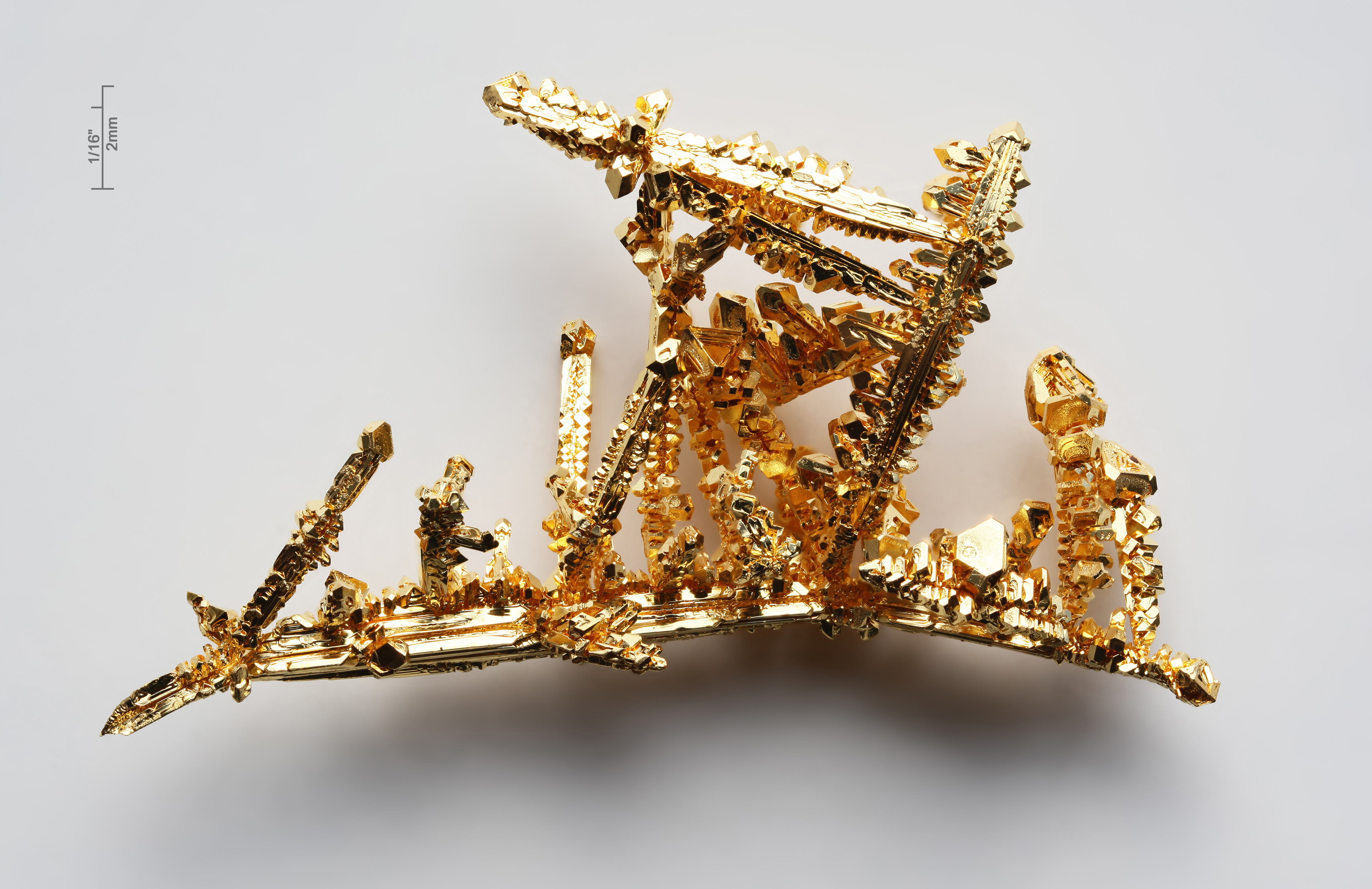Vapor Transport on:
[Wikipedia]
[Google]
[Amazon]

 In
In

 In
In chemistry
Chemistry is the science, scientific study of the properties and behavior of matter. It is a natural science that covers the Chemical element, elements that make up matter to the chemical compound, compounds made of atoms, molecules and ions ...
, a chemical transport reaction describes a process for purification and crystallization
Crystallization is the process by which solid forms, where the atoms or molecules are highly organized into a structure known as a crystal. Some ways by which crystals form are precipitating from a solution, freezing, or more rarely deposi ...
of non- volatile solids. The process is also responsible for certain aspects of mineral growth from the effluent of volcanoes. The technique is distinct from chemical vapor deposition
Chemical vapor deposition (CVD) is a vacuum deposition method used to produce high quality, and high-performance, solid materials. The process is often used in the semiconductor industry to produce thin films.
In typical CVD, the wafer (substra ...
, which usually entails decomposition of molecular precursors and which gives conformal coatings.
The technique, which was popularized by Harald Schäfer
Harald Schäfer (10 February 1913, Jena – 21 December 1992, Münster) was a professor of inorganic chemistry at the University of Münster in Germany. He is recognized for popularizing the use of chemical vapor transport and the discovery of man ...
, entails the reversible conversion of nonvolatile elements and chemical compounds into volatile derivatives. The volatile derivative migrates throughout a sealed reactor, typically a sealed and evacuated glass tube heated in a tube furnace. Because the tube is under a temperature gradient, the volatile derivative reverts to the parent solid and the transport agent is released at the end opposite to which it originated (see next section). The transport agent is thus catalytic. The technique requires that the two ends of the tube (which contains the sample to be crystallized) be maintained at different temperatures. So-called two-zone tube furnaces are employed for this purpose. The method derives from the Van Arkel de Boer process which was used for the purification of titanium and vanadium and uses iodine as the transport agent.
Cases of the exothermic and endothermic reactions of the transporting agent
Transport reactions are classified according to the thermodynamics of the reaction between the solid and the transporting agent. When the reaction isexothermic
In thermodynamics, an exothermic process () is a thermodynamic process or reaction that releases energy from the system to its surroundings, usually in the form of heat, but also in a form of light (e.g. a spark, flame, or flash), electricity (e ...
, then the solid of interest is transported from the cooler end (which can be quite hot) of the reactor to a hot end, where the equilibrium constant is less favorable and the crystals grow. The reaction of molybdenum dioxide
Molybdenum dioxide is the chemical compound with the formula MoO. It is a violet-colored solid and is a metallic conductor. The mineralogical form of this compound is called tugarinovite, and is only very rarely found.
Structure
It crystallize ...
with the transporting agent iodine
Iodine is a chemical element with the symbol I and atomic number 53. The heaviest of the stable halogens, it exists as a semi-lustrous, non-metallic solid at standard conditions that melts to form a deep violet liquid at , and boils to a vi ...
is an exothermic process, thus the MoO2 migrates from the cooler end (700 °C) to the hotter end (900 °C):
:MoO2 + I2 MoO2I2 ΔHrxn < 0 (exothermic)
Using 10 milligrams of iodine for 4 grams of the solid, the process requires several days.
Alternatively, when the reaction of the solid and the transport agent is endothermic, the solid is transported from a hot zone to a cooler one. For example:
: Fe2O3 + 6 HCl HCL may refer to:
Science and medicine
* Hairy cell leukemia, an uncommon and slowly progressing B cell leukemia
* Harvard Cyclotron Laboratory, from 1961 to 2002, a proton accelerator used for research and development
* Hollow-cathode lamp, a spe ...
Fe2Cl6+ 3 H2O ΔHrxn > 0 (endothermic)
The sample of iron(III) oxide is maintained at 1000 °C, and the product is grown at 750 °C. HCl is the transport agent. Crystals of hematite
Hematite (), also spelled as haematite, is a common iron oxide compound with the formula, Fe2O3 and is widely found in rocks and soils. Hematite crystals belong to the rhombohedral lattice system which is designated the alpha polymorph of . ...
are reportedly observed at the mouths of volcanoes because of chemical transport reactions whereby volcanic hydrogen chloride volatilizes iron(III) oxides.
Halogen lamp
A similar reaction like that of MoO2 is used in halogen lamps. The tungsten is evaporated from the tungsten filament and converted with traces of oxygen and iodine into the WO2I2, at the high temperatures near the filament the compound decomposes back to tungsten, oxygen and iodine. :WO2 + I2 WO2I2, ΔHrxn < 0 (exothermic)References
{{reflist Inorganic chemistry Solid-state chemistry